Close-up Photographer of the Year is an annual competition that aims to reveal the hidden wonder of the world through close-up, macro and micro photography.
This year's overall winner is titled 'The Bird of the Forest'. The incredible shot of a soaring Eurasian nuthatch was taken by Csaba Daroczi from inside a hollowed-out tree stump.
Close-up Photographer of the Year – meet the winners
The Bird of the Forest | Csaba Daroczi – OVERALL WINNER
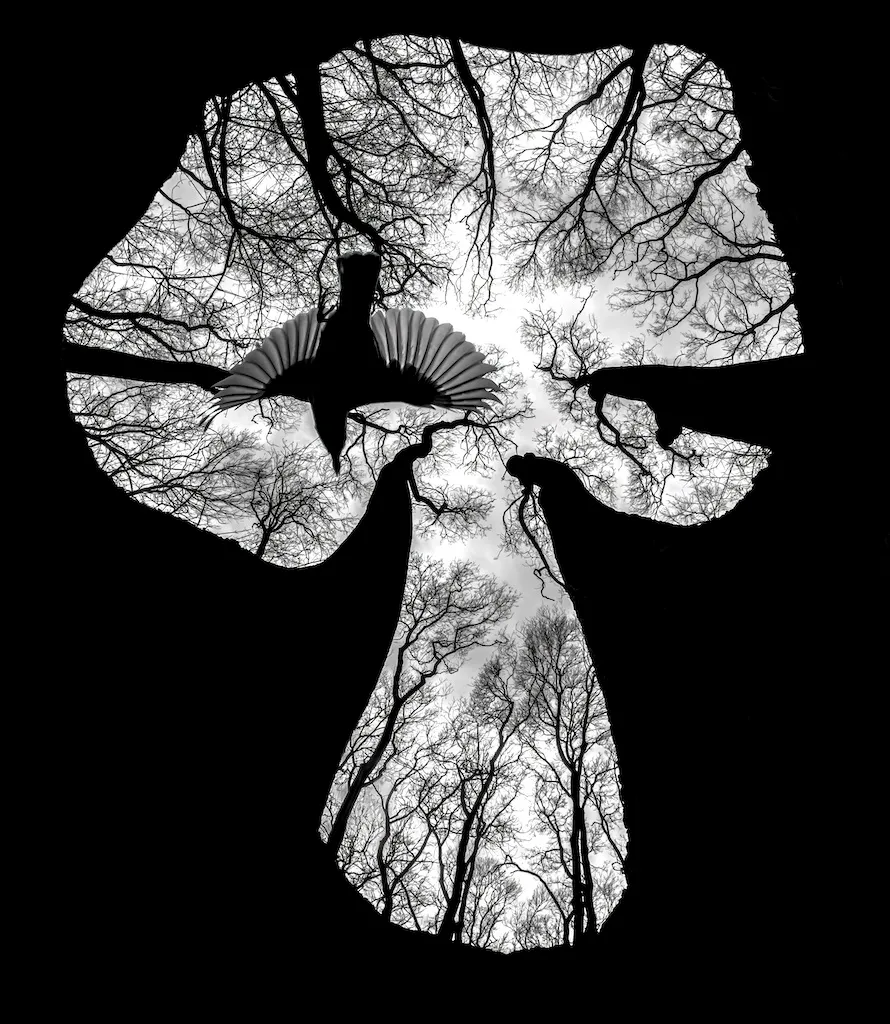
"In the winter of 2023, I took a lot of photographs in a forest close to my home in Hungary. I found something new to photograph almost every week, and I spent several days exploring ideas and perfecting techniques. Staying curious and open-minded led me to this hollowed out tree stump, which measured around half a metre in diameter. I carefully positioned my GoPro 11 camera inside the trunk and took a few shots. I was amazed by the results. After a few days, however, I decided the composition might be improved if I included an animal in the frame. So, I returned to the spot and placed a sunflower near the hole, which the mice and birds soon found." Csaba Daroczi.
Beach Grass | Gerhard Vlcek
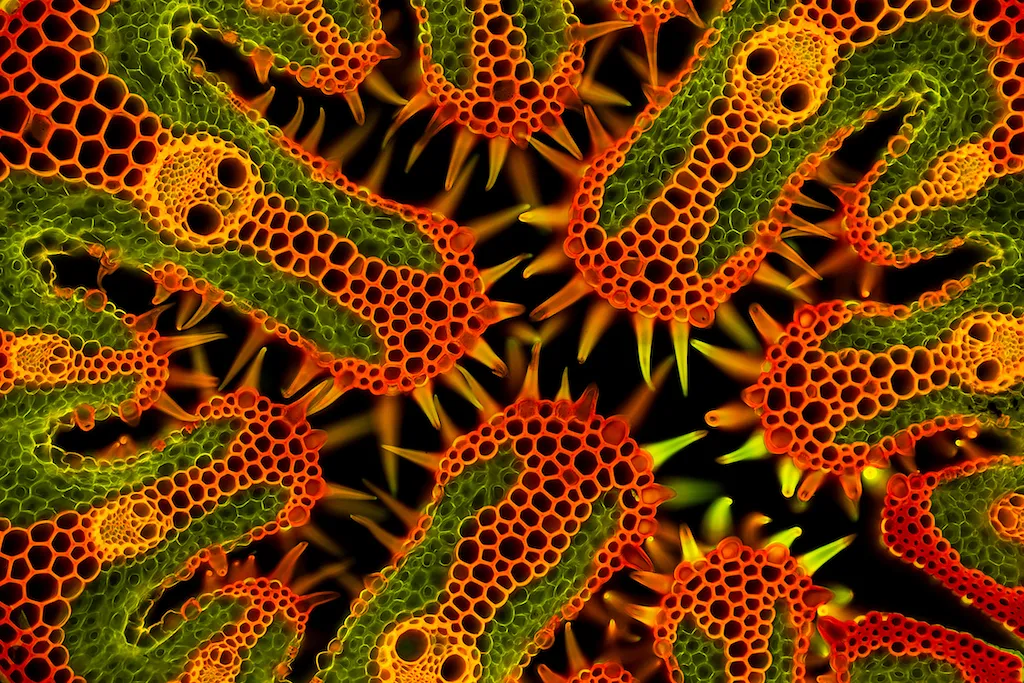
"This image shows a 30μm cross-section of beach grass (Ammophila arenaria) stained with Auramin O and Safranin and viewed under fluorescence blue excitation. The grass came from a friend’s garden in Vienna. For the best results I had to slice the sample as thinly as possible. First, I fixed some stems in warm liquid polyethylene glycol. As it cools down, it turns solid, and the embedded stems were placed in a microtome and sliced with a sharp blade. Staining and preparing the sample was very tricky. I had to use the tiniest brush to manipulate the less than 1mm parts in different staining and chemical solutions before positioning the stems on the slide. After that, taking the photograph was the easy part!" Gerhard Vlcek.
Dreamtime | Simon Theuma
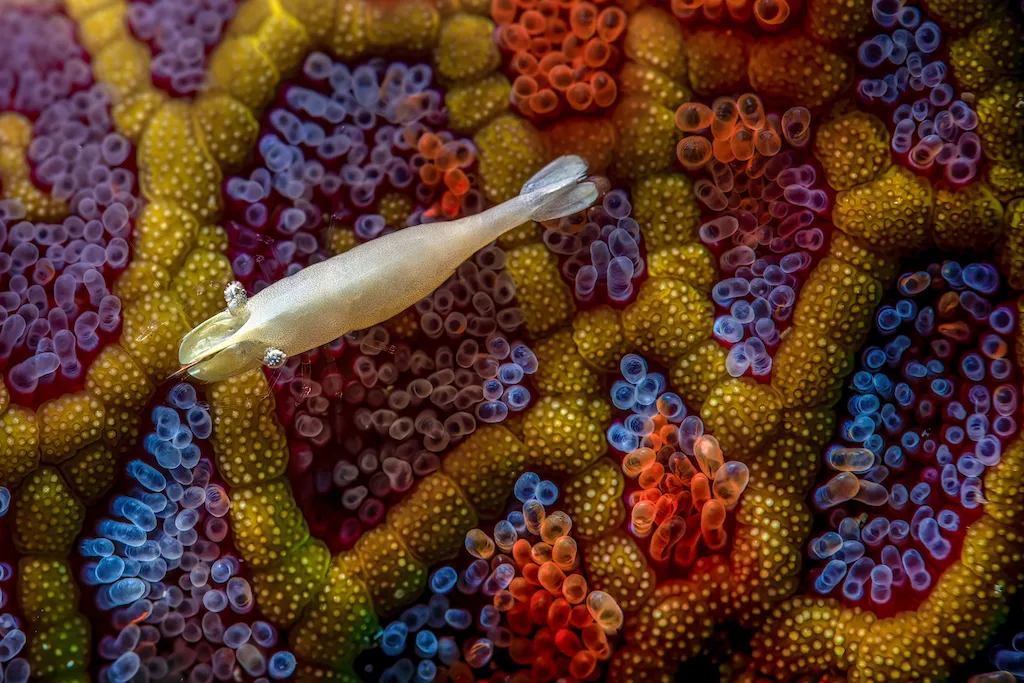
"Like an intricate tapestry of the marine ecosystem, this image captures the relationship between a commensal shrimp and a mosaic sea star. Dreamtime Aboriginal art reminds us of the delicate balance that exists in the grand tapestry of our natural world – this ancient wisdom serves as an important reminder to preserve what we have. To capture this image, I needed to use a snooted strobe, which was set at an acute angle to the subject. This set-up accentuated the depth and beautiful texture of the two organisms. Additionally, I enhanced magnification by using a +15 wet lens dioptre." Simon Theuma.
Undertow | Csaba Daroczi
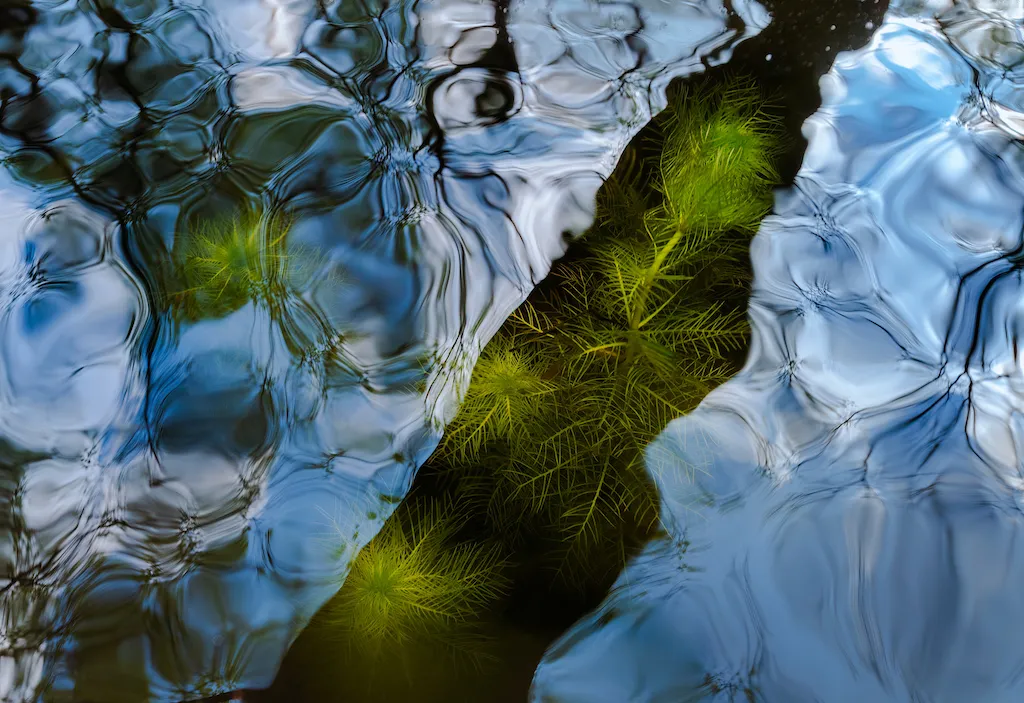
"In the first days of May, I always return to a small canal near Izsak, Hungary, where the water violet (Hottonia palustris) blooms in huge numbers. Unfortunately, flowering was delayed this year and only the leaves were still underwater. I was about to go home when I saw a tree had fallen over the canal and under its reflection the plants were clearly visible. I found it a very exciting subject and played with it for a while." Csaba Daroczi.
The Wedding Guest | Csaba Daroczi
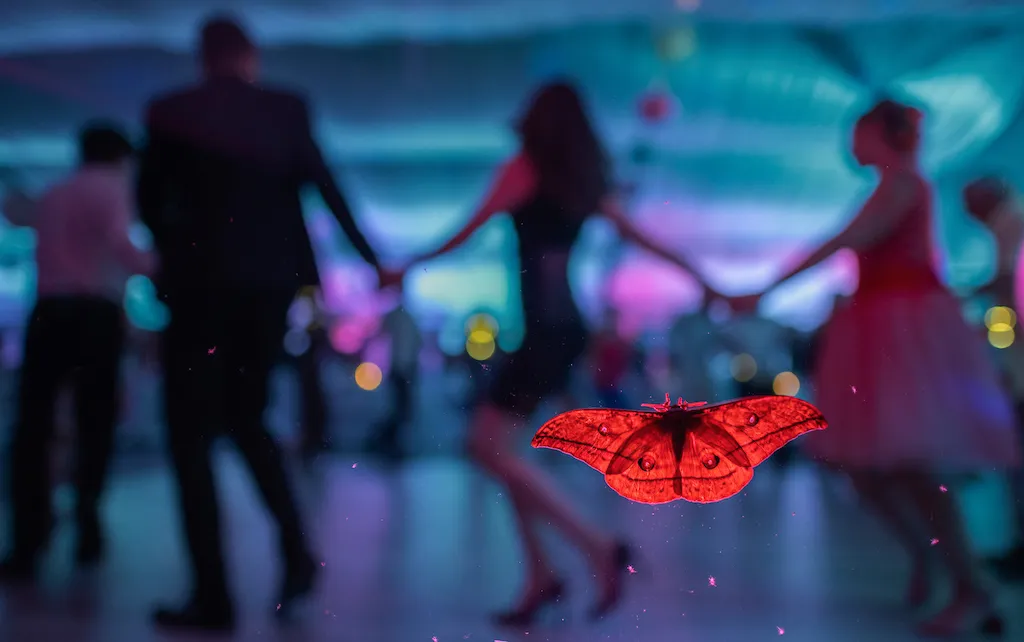
"I was photographing a wedding in a forest clearing in the beautiful surroundings of Uzsa, Hungary. The hall lights attracted a lot of insects to rest on the windows. At one point, I saw some guests taking pictures with their phones next to one of the red lights. As I moved closer, I noticed an oak peacock moth (Antheraea yamamai) had taken up residence on the window. I waited until everyone had finished their pictures, and then it was my turn." Csaba Daroczi.
Asymmetrical Threads | Elizabeth Kazda
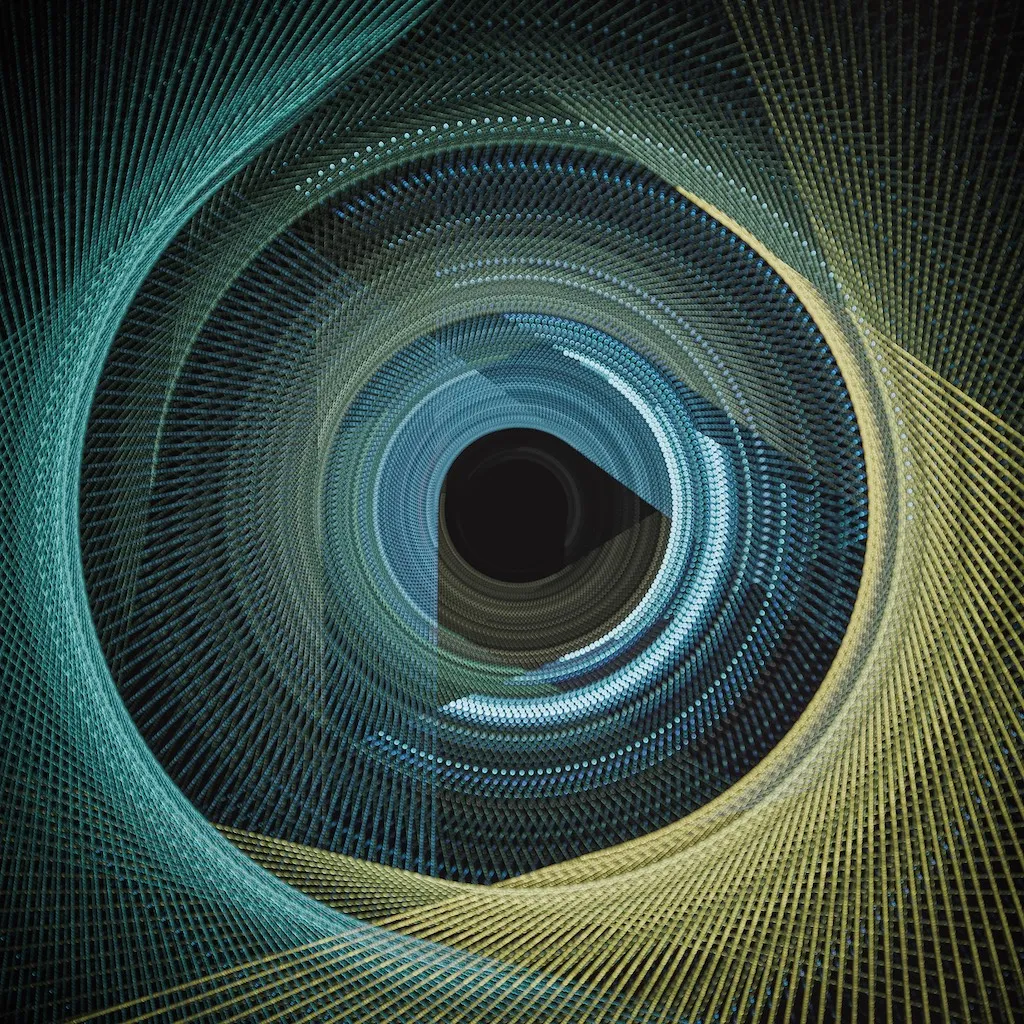
"I enjoy pushing the limits of my camera's capabilities and experimenting with new techniques to capture ordinary objects. My collection of art supplies includes numerous spools of coloured thread from previous projects. I wanted to photograph this thread in a unique way and came up with the idea of wrapping coloured strands around an open picture frame. I placed the frame on a motorised rotating platform and set my camera to multiple-exposure mode. I captured 64 photos of the thread at 64 equidistant positions as I rotated the platform. Since I didn’t complete a 360° rotation, the design is asymmetrical. This is a meticulous process that requires patience. For this image, I used an in-camera multiple exposure of 64 frames to output a single Raw file." Elizabeth Kazda.
The Ice Crown | Barry Webb
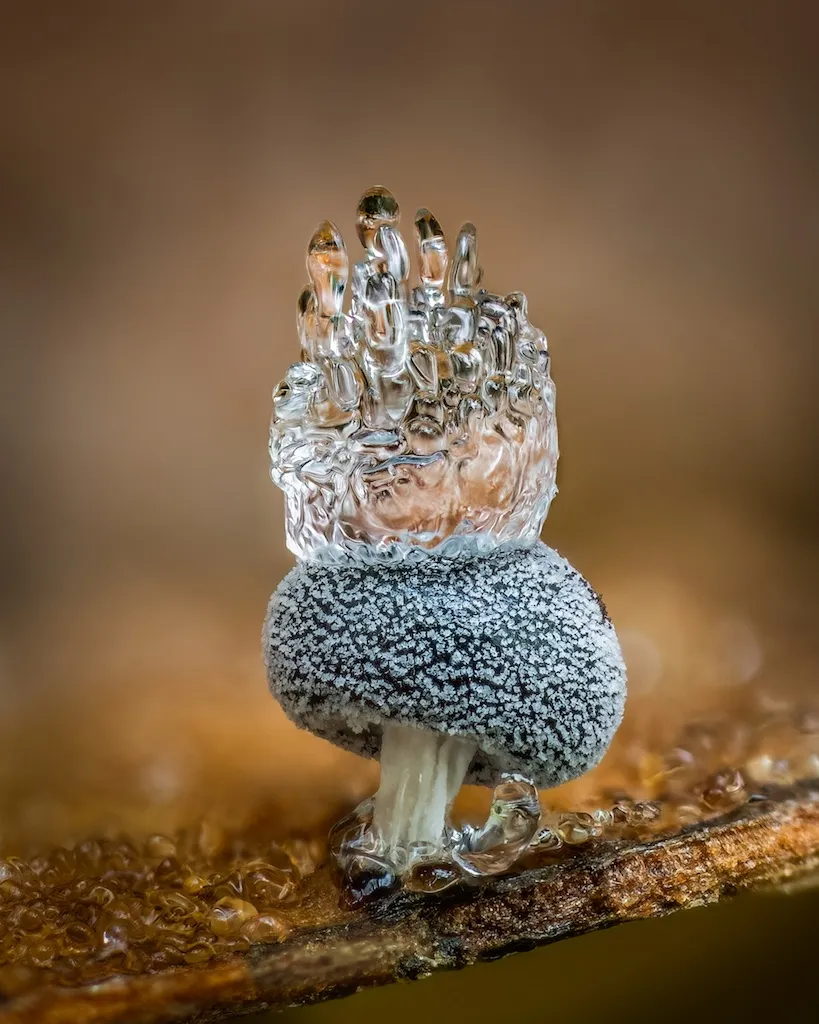
"This 1mm tall slime mould (Didymium squamulosum) was found in leaf litter on a Buckinghamshire woodland floor in January. Attracted by the way the frost had formed a crown shape on top of the fruiting body, I had to be very careful not to breathe on it. During a previous attempt with another slime mould, my breath had melted the ice when I inadvertently got too close." Barry Webb.
Small Wanders | Carlos Perez Naval
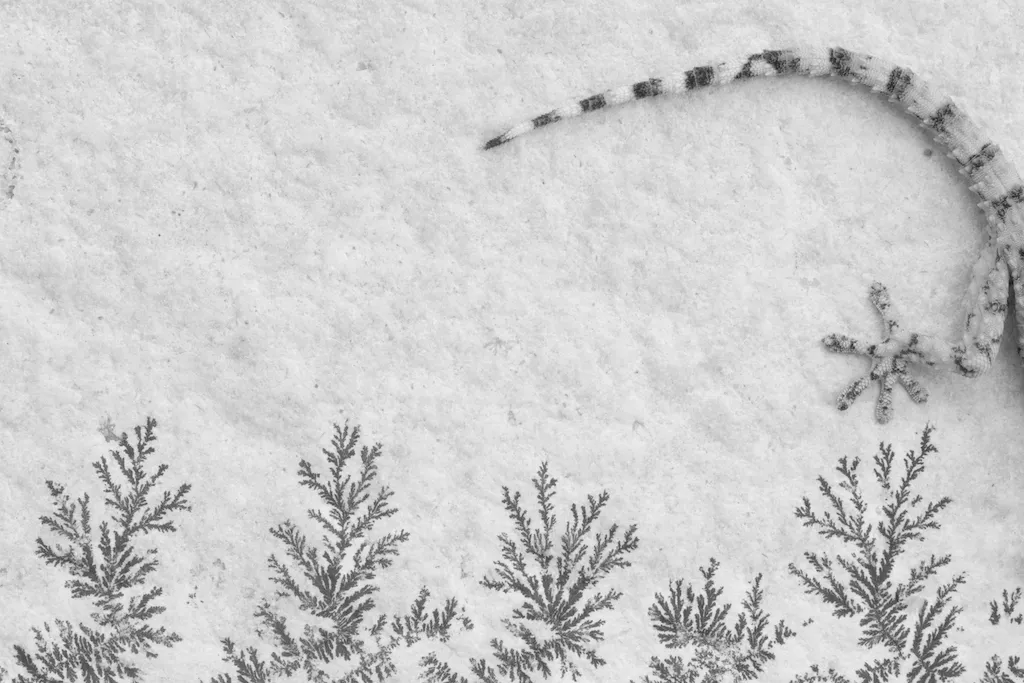
"In the wall of some houses in Calamocha – the village in Spain where I live – it’s possible to find pyrolusites. These magnesium minerals create stunning formations, which look just like petrified trees, but they are so small that they’re tricky to spot. One day, I was lucky enough to find a Moorish gecko (Tarentola mauritanica) very close to the pyrolusite’s wall, so I tried to make the most of the encounter. I wanted to capture a gecko in the ‘petrified forest’ for a long time, but they only recently appeared in my village (probably carried in fruit baskets from hotter areas). Due to climate change they can now survive here." Carlos Perez Nava.
Wood Ants Firing Acid Secretion | Rene Krekels Wood
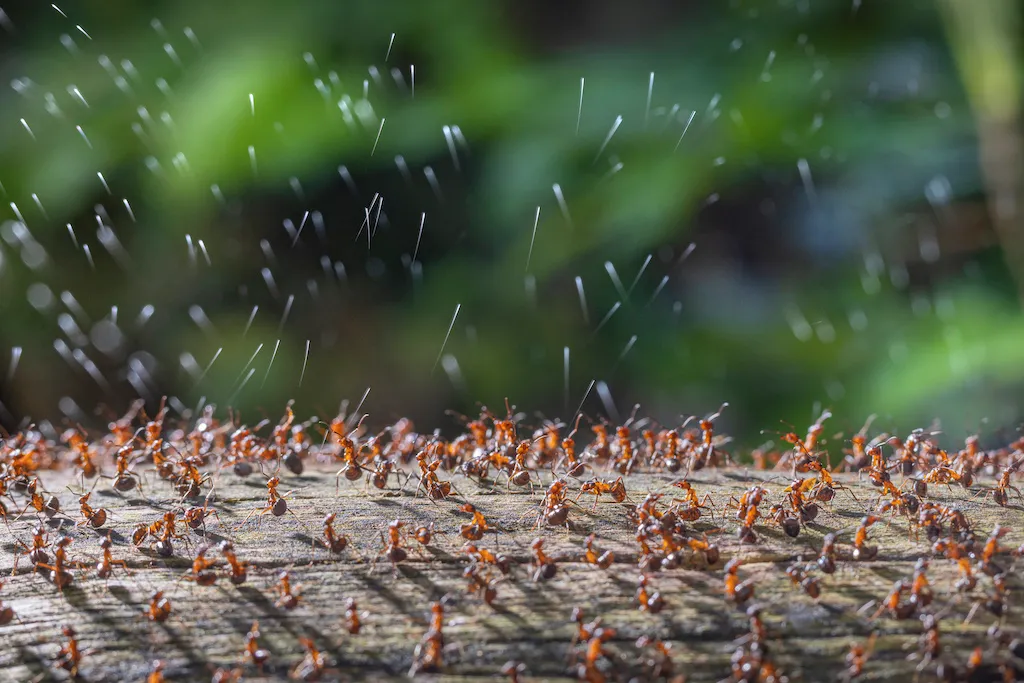
"I had been studying the lifestyle of wood ants in the Netherlands for work when I noticed the defending ants of a very large ant’s nest seemed eager to scare me off by spraying acid towards me. Luckily it wasn’t that destructive, and it provided me with a great opportunity to photograph them defending the nest.’’ Rene Krekels.
Close-up Photographer of the Year (CUPOTY) was founded in 2018 by Tracy and Dan Calder. CUPOTY is an annual competition celebrating close-up, macro and micro photography through an annual competition, themed challenge and newsletter.
View more incredible images from the natural world:
